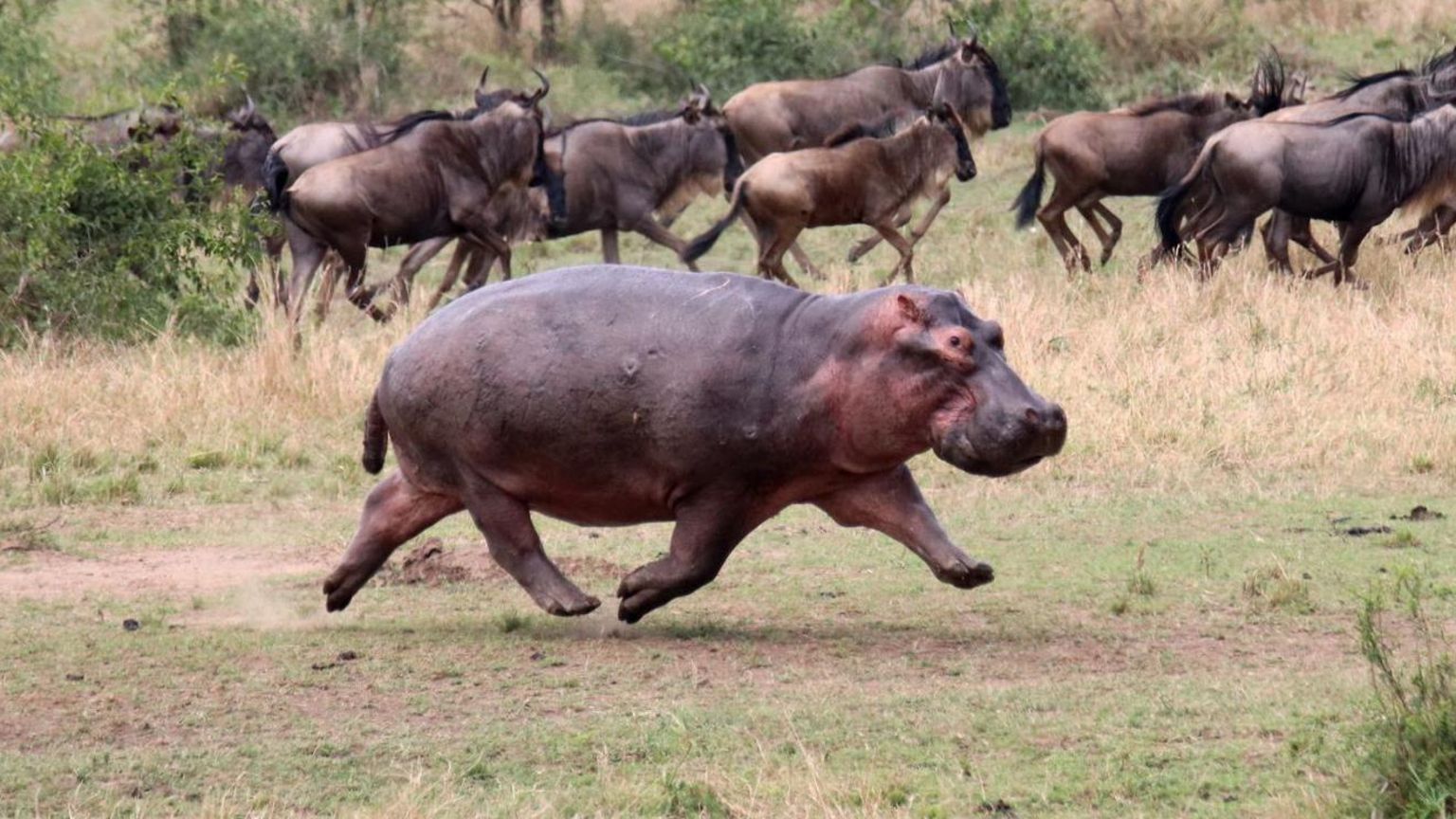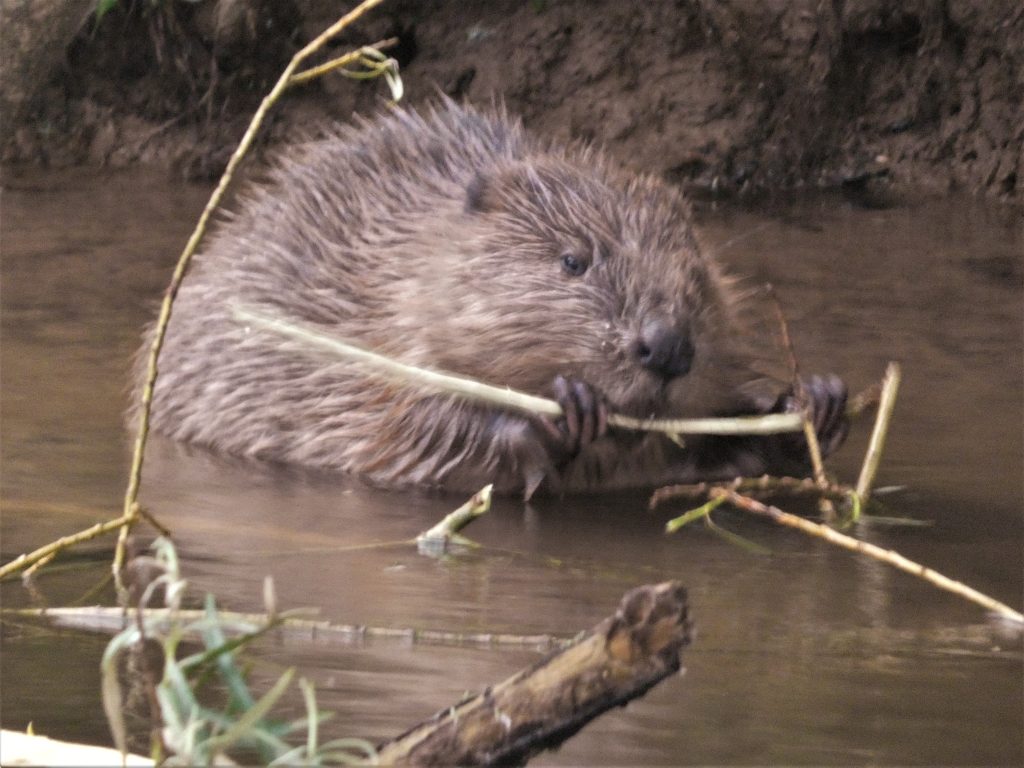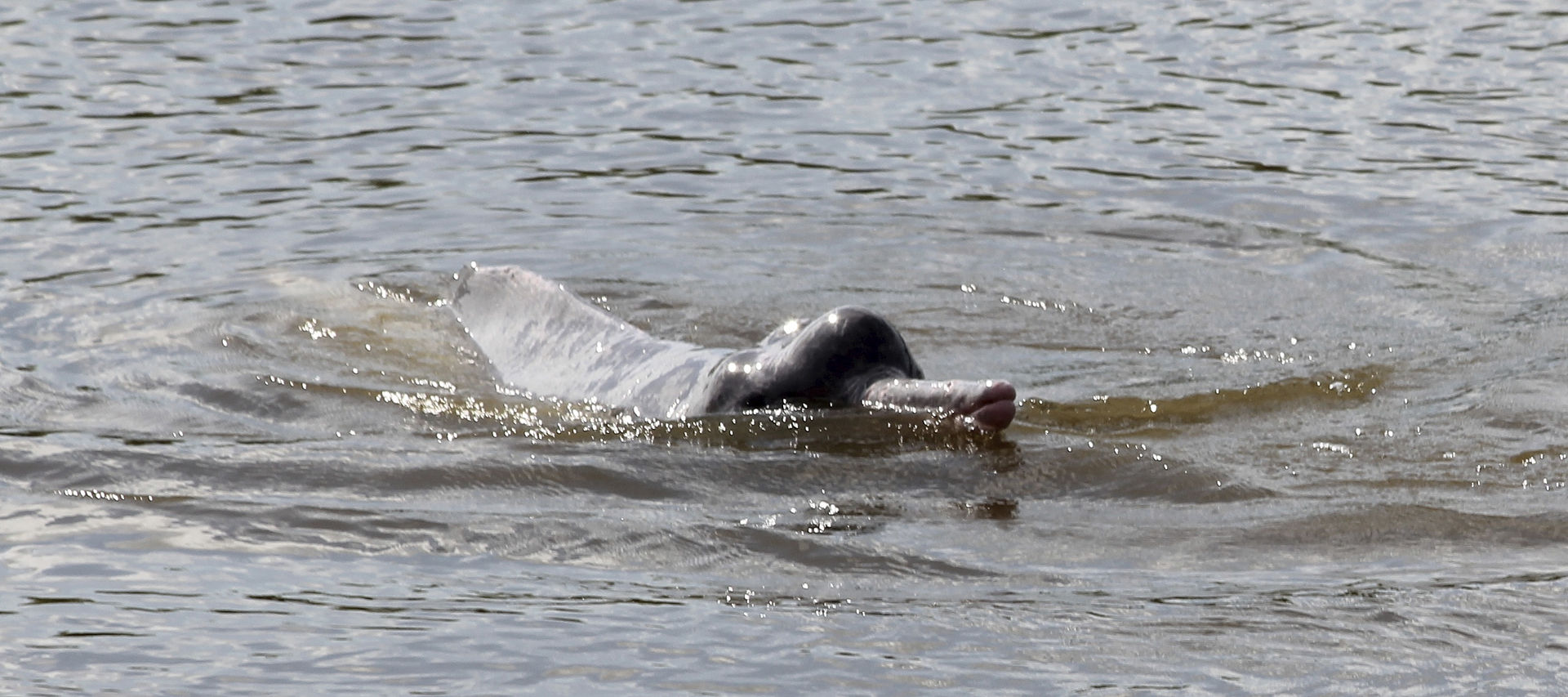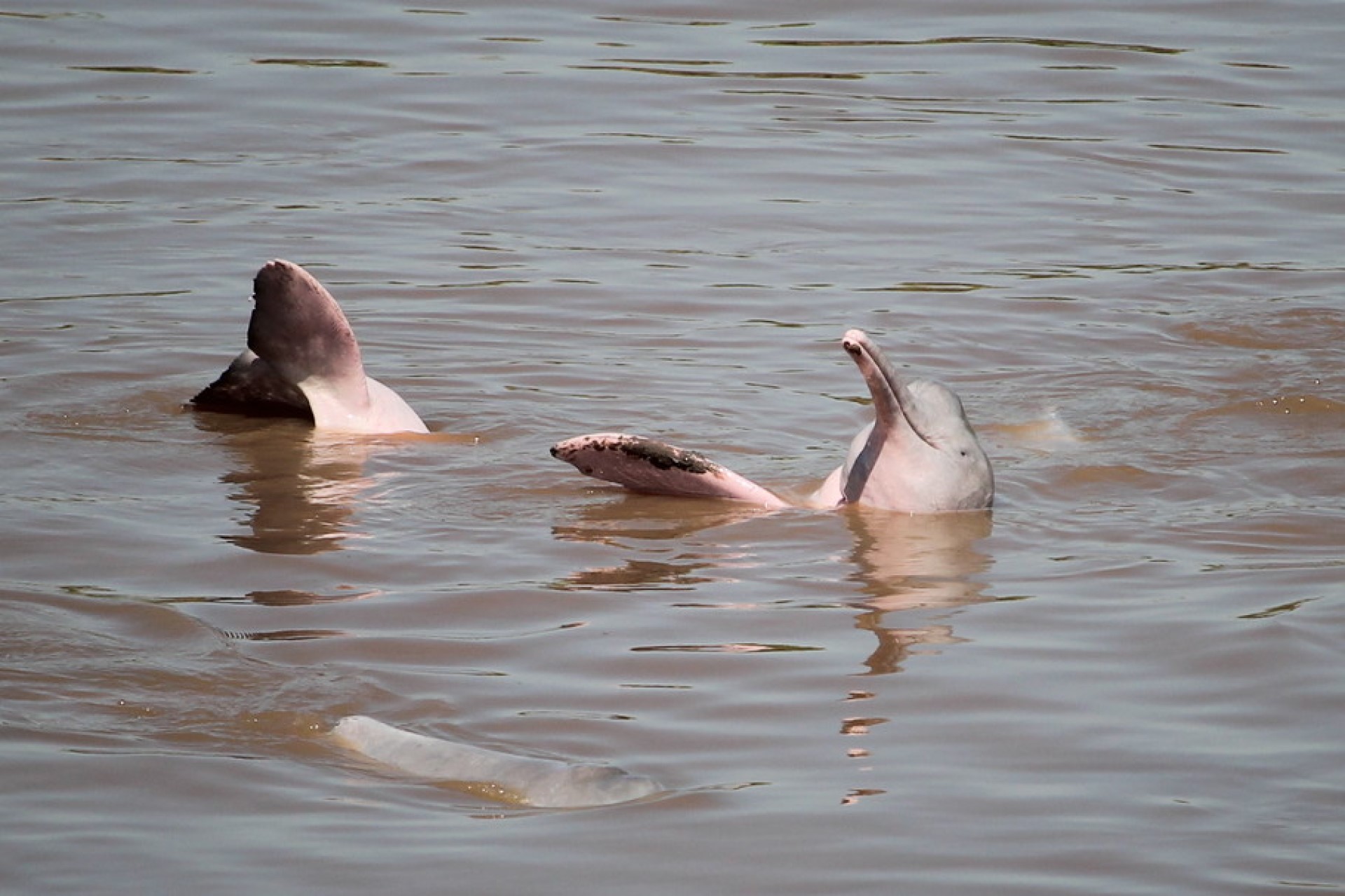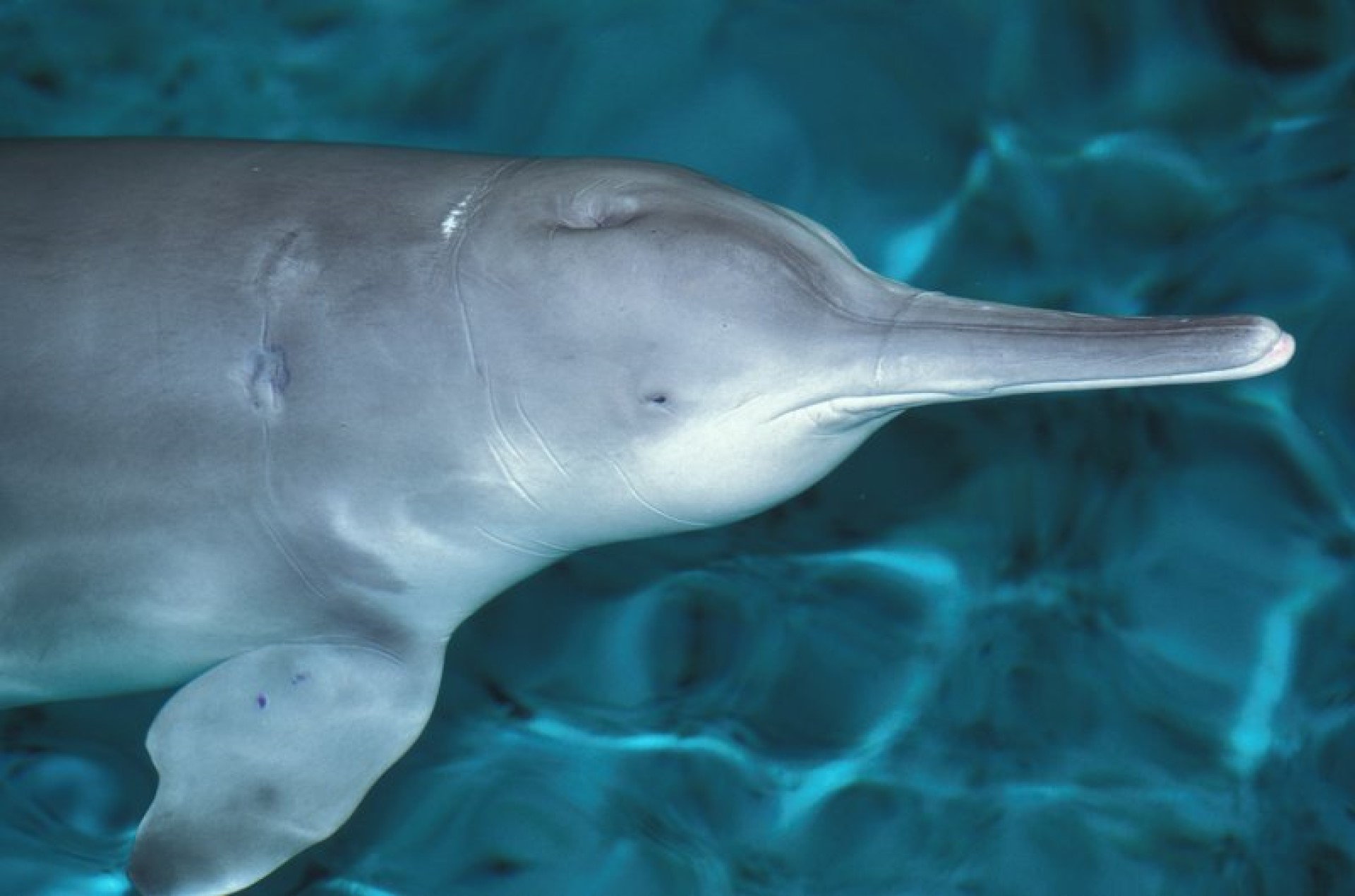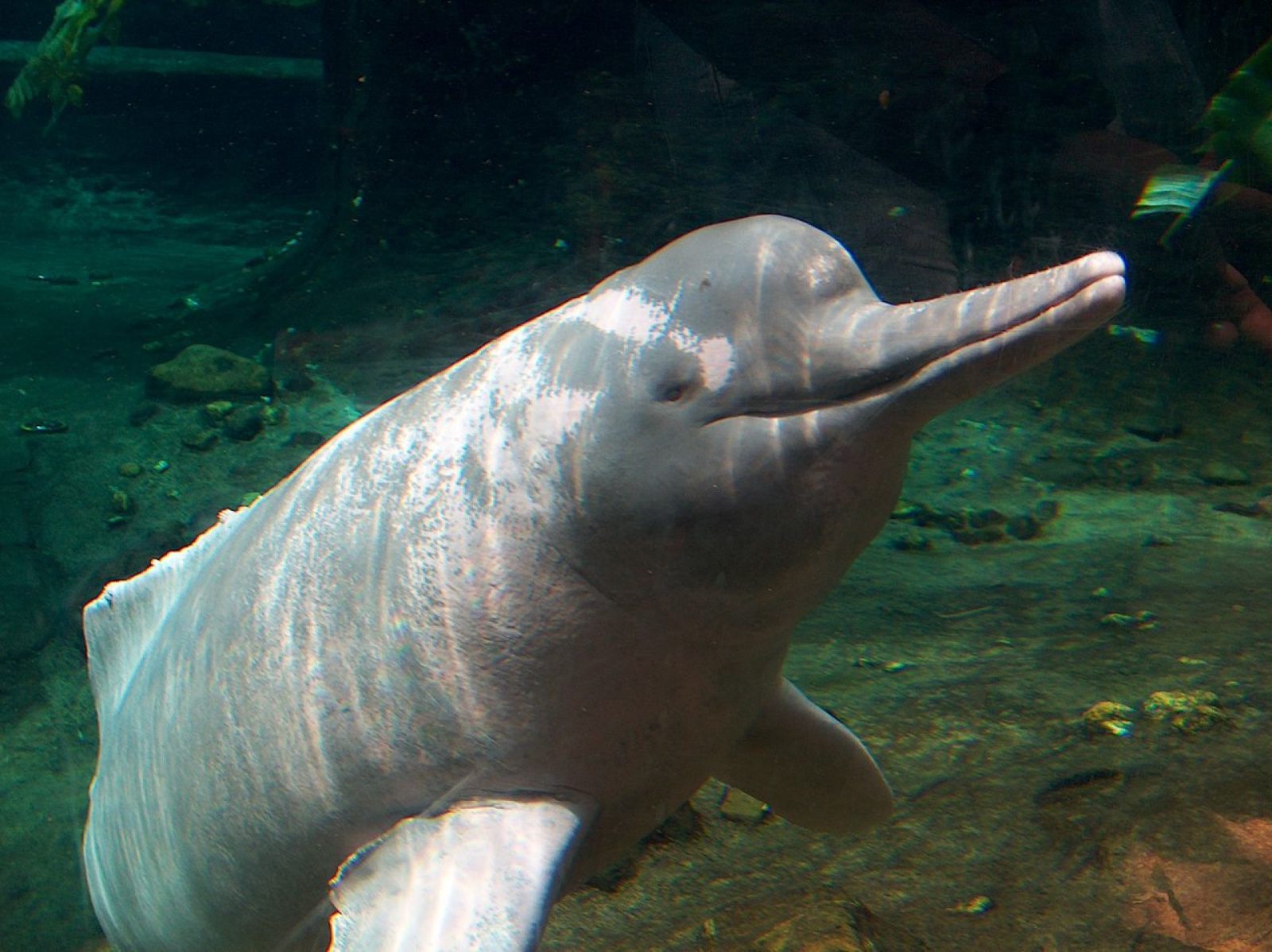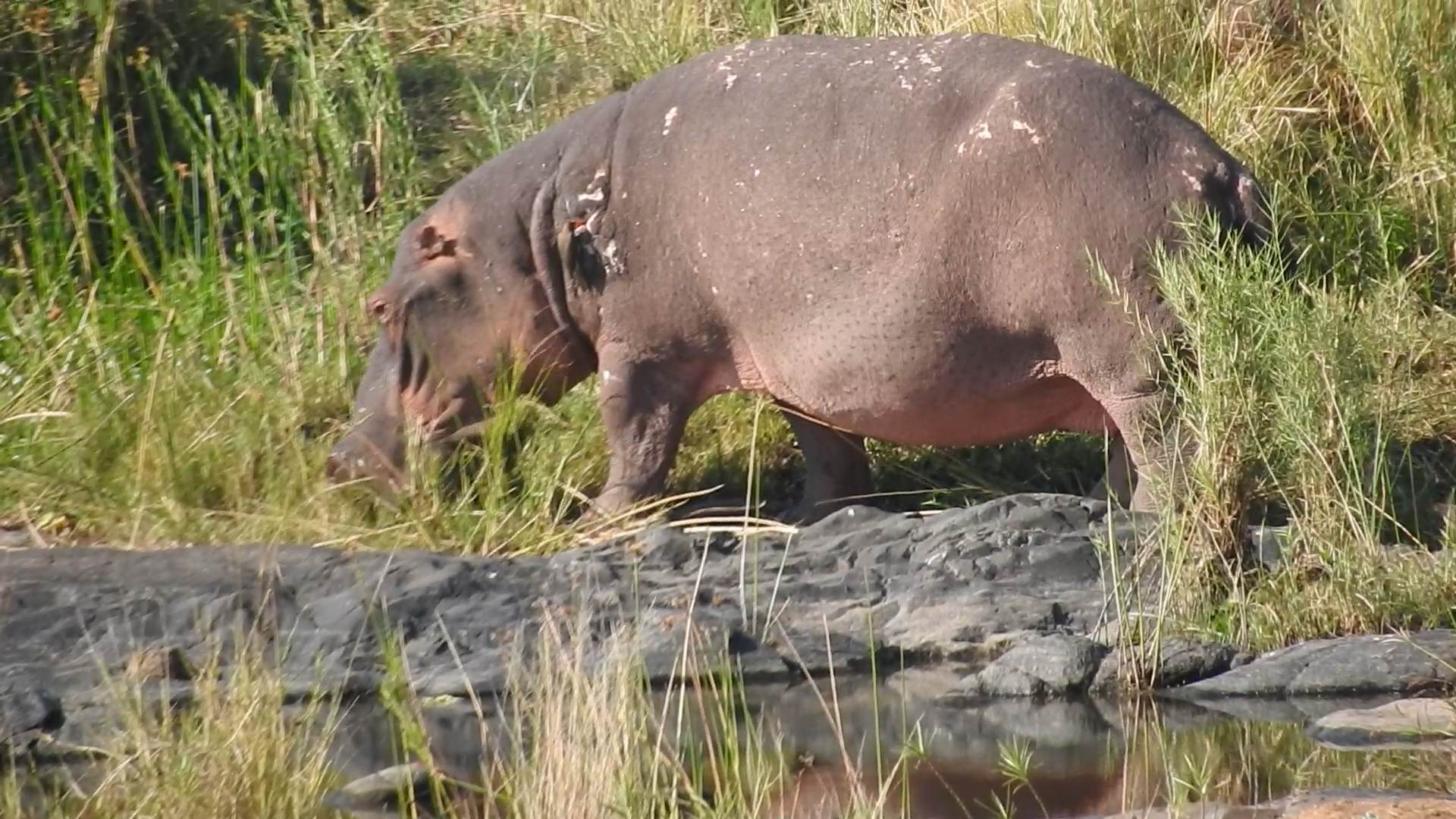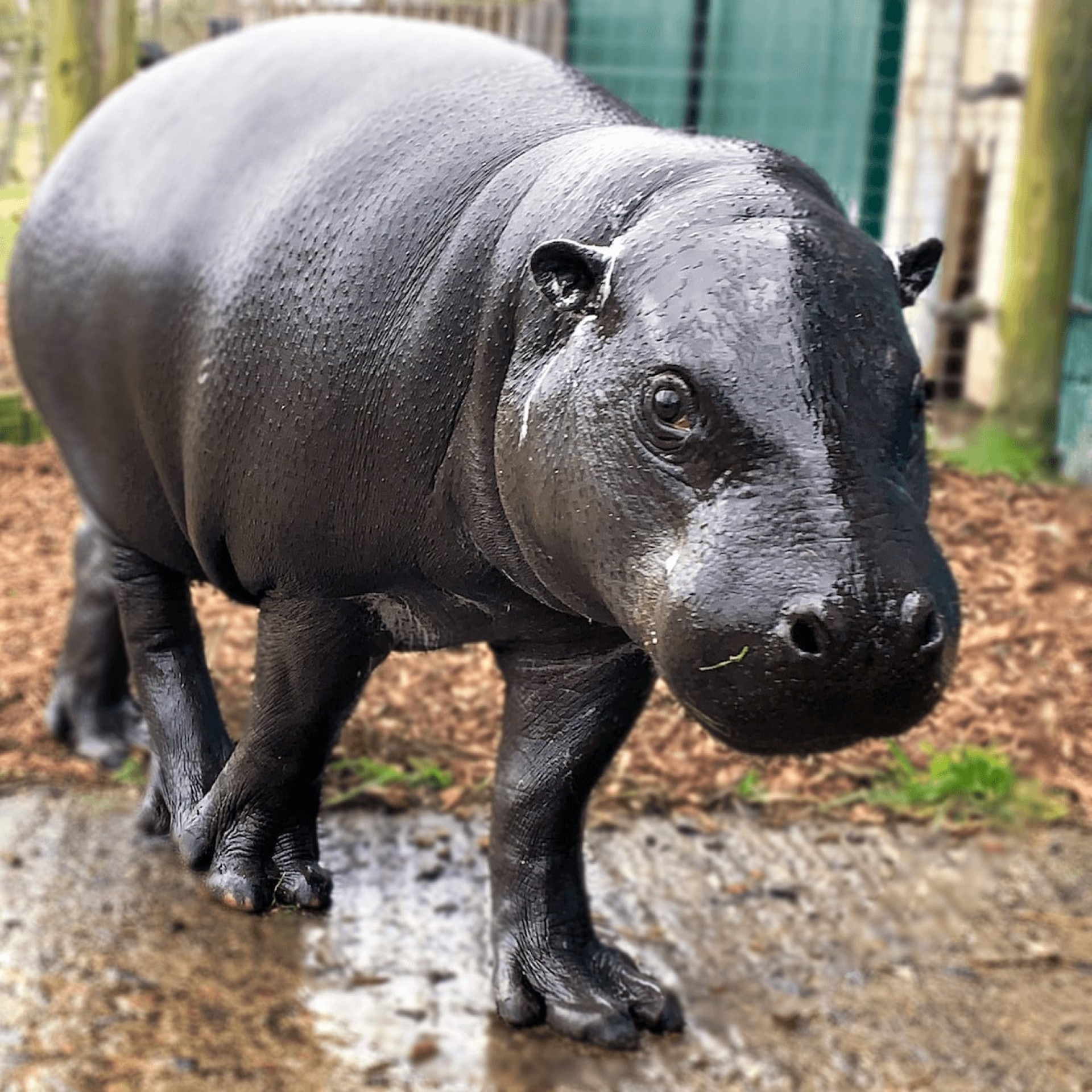To be honest, I find this an odd piece of news. In the 1870s, the horse was photographed with all 4 feet off the ground at the same time. In fact, horses do not only do this at the gallop, but also at the trot.
If this is true, why should the hippopotamus be any different?
It is true, that a horse can run faster, reaching speeds of 71km/h, but even at the trot they reach speeds of 48km/h. However, a trotting horse can be as slow as 13.1km/h. Well how does this compare to a hippo?
Hippo can hit a speed of 30km/h, more than twice the minimum speed of a trotting horse, so the surprise seems odd.
There is perhaps one solution for this late analysis. Very often, when a hippo is encountered by a human and is running, it is moving towards the human, and therefore getting to safety is far more important. Hippo are not slow animals; it is true that they look ungainly, but this is because they are essentially designed for under water. Below is footage of a common hippopotamus, moving along under the water. Here, in their own element, you can see a hippo bounding along the bottom of the water, leaping effortless along.

